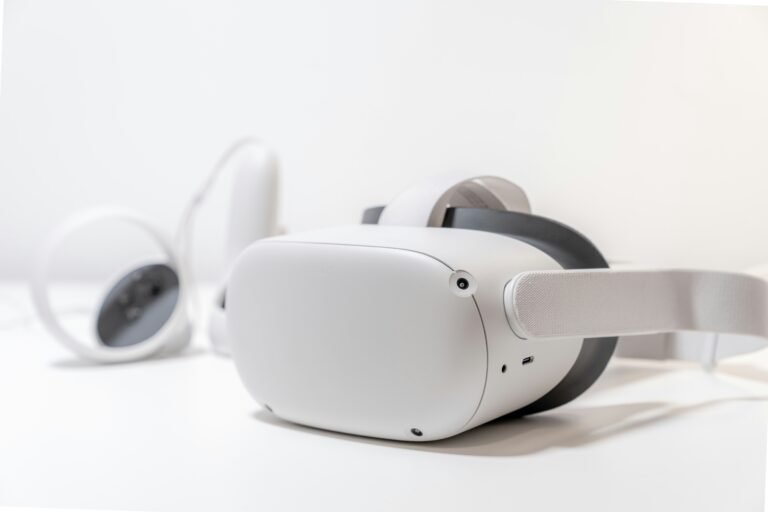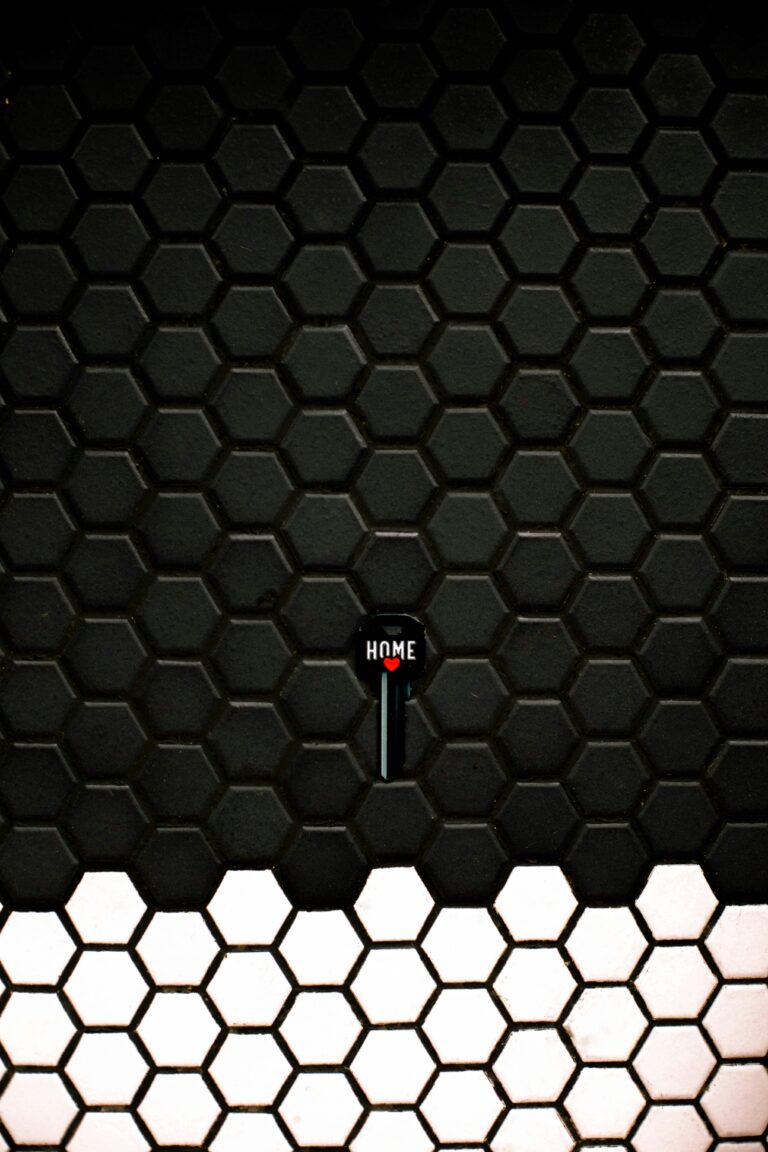
Introduction
Imagine wearing a jacket that adjusts its temperature to keep you comfortable, a shirt that monitors your heart rate during a workout, or a dress that changes color to match your mood. These are not science fiction fantasies but real possibilities thanks to smart fabrics, textiles embedded with advanced technology to perform interactive and functional tasks. By blending electronics with traditional materials, smart fabrics are transforming fashion, healthcare, sports, and beyond. This article explores what smart fabrics are, how they work, their real-world applications, current trends, and their potential to revolutionize our lives, all in an engaging and accessible way.
What are Smart Fabrics?
Smart fabrics, also known as e-textiles or intelligent textiles, are materials that integrate electronic components, such as sensors, actuators, or conductive threads, to sense and respond to environmental stimuli. Unlike regular fabrics, smart fabrics can collect data, process it, and perform actions, making them dynamic and interactive.
Types of Smart Fabrics
- Passive Smart Fabrics: These sense environmental changes, like temperature or pressure, but don’t act on them. For example, a fabric that detects sweat levels.
- Active Smart Fabrics: These sense and respond, such as a shirt that cools you when it detects heat.
- Ultra-Smart Fabrics: These combine sensing, reacting, and adapting, using advanced computing for complex tasks, like a garment that adjusts posture based on movement.
For instance, a smart yoga mat with embedded sensors can track your balance and send feedback to an app, enhancing your practice.
How Smart Fabrics Work
Smart fabrics combine textiles with electronic and computational elements to create functional systems. Here’s a simplified overview:
- Sensing: Embedded sensors detect stimuli, such as temperature, pressure, or biometric data (e.g., heart rate).
- Data Processing: Microcontrollers or conductive circuits process the data, often using lightweight algorithms.
- Action: Actuators or integrated components respond, like heating elements warming the fabric or LEDs changing color.
- Connectivity: Many smart fabrics connect to smartphones or cloud platforms via Bluetooth or Wi-Fi to display data or receive commands.
For example, a smart running shirt might use sensors to monitor your heart rate, process the data to assess exertion, and vibrate to alert you if you’re overtraining, all while syncing with a fitness app.
Real-World Applications of Smart Fabrics
Smart fabrics are making waves across industries, offering innovative solutions that enhance functionality and user experience.
Fashion and Lifestyle
Smart fabrics are redefining fashion by merging style with technology. Designers like CuteCircuit create dresses with LEDs that change patterns via a smartphone app, perfect for events or performances. Google’s Project Jacquard, partnered with Levi’s, produced a denim jacket with touch-sensitive fabric, letting users control music or navigation with a swipe.
Healthcare
In healthcare, smart fabrics monitor vital signs non-invasively. Smart socks by Siren, embedded with temperature sensors, detect early signs of diabetic foot ulcers, alerting patients via an app. Hospital gowns with biometric sensors track heart rate and respiration, reducing the need for bulky equipment.
Sports and Fitness
Athletes use smart fabrics to optimize performance. Under Armour’s smart shirts, like the Athlete Recovery line, monitor heart rate and muscle activity, providing real-time feedback to improve training. Smart yoga pants, such as those by Nadi X, vibrate to guide users into correct poses.
Military and Safety
Smart fabrics enhance soldier safety and performance. The U.S. Army is developing uniforms with sensors to monitor hydration and fatigue, while fabrics with integrated heating elements keep troops warm in extreme conditions. Firefighters use smart fabrics with temperature sensors to detect dangerous heat levels.
Automotive and Interiors
Car seats with smart fabrics can adjust temperature or detect driver fatigue through posture analysis, as seen in prototypes by BMW. In homes, smart curtains with light sensors automatically adjust to optimize natural lighting, saving energy.
Current Trends in Smart Fabrics
As of June 2025, smart fabrics are advancing rapidly, driven by innovations in materials, miniaturization, and connectivity. Here are key trends:
Sustainable Materials
Eco-friendly smart fabrics, made from recycled or biodegradable materials, are gaining traction. Companies like MycoWorks use mushroom-based textiles with embedded sensors, aligning with sustainability goals and reducing environmental impact.
Energy Harvesting
Smart fabrics are incorporating energy-harvesting technologies, like piezoelectric fibers that generate power from movement or solar threads that capture sunlight. This eliminates the need for external batteries, as seen in prototypes by MIT’s Advanced Functional Fabrics of America (AFFOA).
Washable Electronics
Advances in waterproof and flexible electronics make smart fabrics durable and washable. For instance, DuPont’s Intexar stretchable circuits withstand repeated washing, enabling practical everyday use in clothing.
AI Integration
AI enhances smart fabrics by analyzing sensor data for personalized insights. A smart jacket might use AI to learn your temperature preferences and adjust heating automatically, as explored by startups like Loomia.
5G Connectivity
5G’s low latency and high bandwidth enable real-time data transfer from smart fabrics to apps or cloud platforms. This supports applications like remote health monitoring, where doctors receive instant updates from patient-worn textiles.
From breaking news to market moves — timing is everything. Learn how to trade with precision.

Benefits of Smart Fabrics
Smart fabrics offer compelling advantages:
- Convenience: Seamless integration into clothing or objects eliminates the need for separate devices.
- Personalization: Real-time data enables tailored experiences, like customized fitness coaching.
- Health Monitoring: Non-invasive tracking improves wellness and early diagnosis.
- Versatility: Applicable across fashion, healthcare, sports, and more.
- Sustainability: Energy-efficient and eco-friendly options reduce environmental impact.
Challenges of Smart Fabrics
Despite their potential, smart fabrics face hurdles:
- Cost: Integrating electronics increases production costs, limiting affordability.
- Durability: Fabrics must withstand washing, stretching, and wear without losing functionality.
- Privacy: Biometric data collection raises concerns about security and misuse.
- Power Supply: Battery life or energy harvesting needs improvement for continuous use.
- Scalability: Mass-producing complex smart fabrics with consistent quality is challenging.
Addressing these requires advancements in materials, cost-effective manufacturing, and robust data protection.
The Future of Smart Fabrics
Smart fabrics are poised to become ubiquitous by 2030, with transformative potential:
- Everyday Integration: Clothing and household items will routinely include smart features, like self-cleaning fabrics or posture-correcting shirts.
- Healthcare Revolution: Wearable textiles will enable continuous, non-invasive monitoring, reducing hospital visits.
- Sustainable Fashion: Eco-smart fabrics will dominate, supporting circular economies in textiles.
- Enhanced Safety: First responders and workers will benefit from real-time environmental monitoring via uniforms.
Investment in research, user-friendly designs, and ethical data practices will ensure smart fabrics reach their full potential.

Conclusion
Smart fabrics are weaving technology into the very fabric of our lives, blending style, functionality, and innovation. From fashion-forward dresses to life-saving medical textiles, their applications are diverse and impactful. As trends like sustainable materials, AI integration, and 5G connectivity propel their growth, smart fabrics promise a future where our clothing and surroundings are as intelligent as they are practical. By overcoming challenges like cost and privacy, smart fabrics can create a world where technology is seamlessly integrated, enhancing comfort, health, and sustainability.
Word count: 1000




